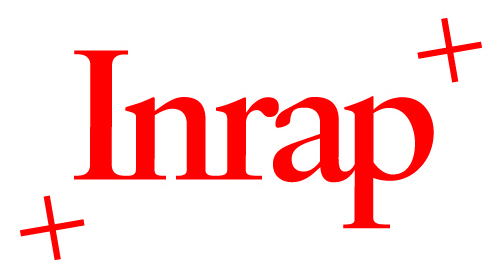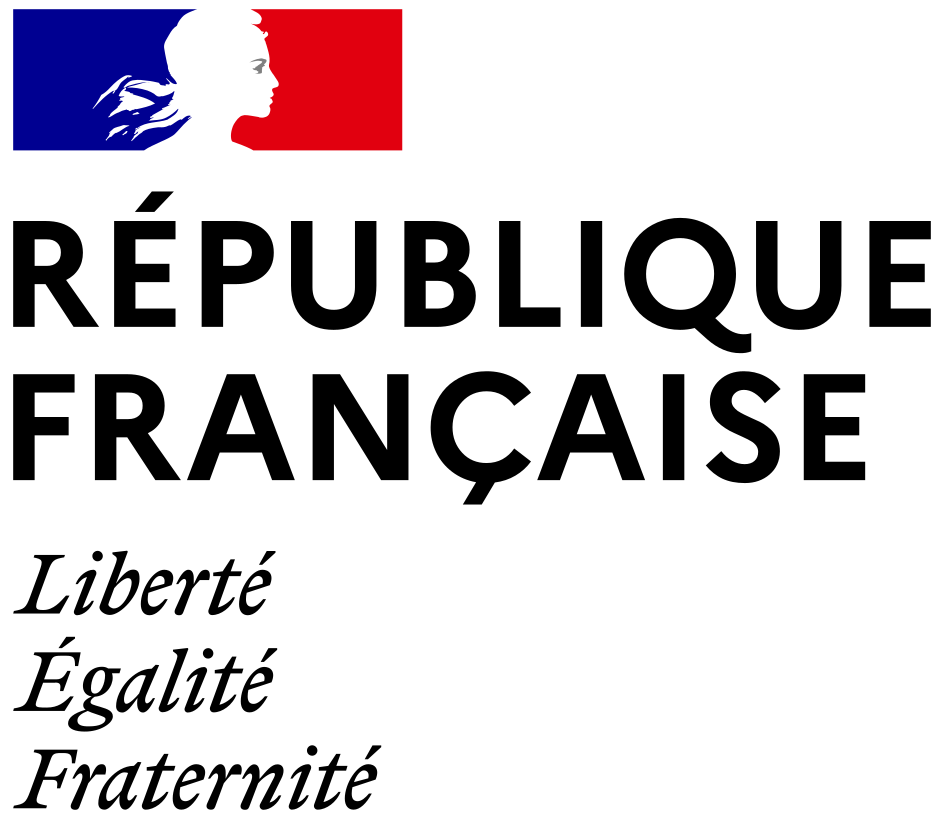Décor et architecture de l’aile orientale de l’habitation C, ville basse du Castellas (Murviel-lès-Montpellier)
Résumé
In 2017, the AFPMA in Arles symposium was the opportunity to present the first part of the study of the decorations of a dwelling located in the lower town of Castellas in Murviel-lès-Montpellier. The dwelling has two main phases of occupation, one from the middle of the 1st c. a.C, the other from the Augustan period. However, part of the documentation from the excavation of the residential wing of the building still remained to be studied. Thanks to the implementation of practical training courses during two years, the many remaining plaster groups have been the subject of successful work in a limited time, making it possible today to deliver the reconstruction of the decoration of parts which hadn’t been presented in 2017. This work made it possible to demonstrate the presence of an unsuspected second storey. The study of these coatings, in addition to the interest they present in themselves for the analysis of the decorative program of these rooms, has thus made it possible to better understand the architectural development of the building and to restore more faithfully its morphology.
En 2017, le colloque de l‘AFPMA à Arles a été l’occasion de présenter la première partie de l’étude du décor d’une habitation située dans la ville basse du Castellas à Murviel-lès-Montpellier. Celle-ci présente deux phases principales d’occupation, l’une du milieu du ier s. a.C, l’autre de l’époque augustéenne. Toutefois, une partie de la documentation provenant de la fouille de l’aile résidentielle du bâtiment restait encore à étudier. Grâce à la mise en place de stages pratiques sur deux ans, les nombreuses plaques d’enduit restantes ont pu faire l’objet d’un travail abouti en un temps limité permettant aujourd’hui de livrer la restitution du décor de pièces qui n’avaient pas été présentées en 2017. Ce travail a permis de démontrer la présence d’un étage, insoupçonné sur le terrain. L’étude de ces enduits, outre l’intérêt qu’ils présentent en eux-mêmes pour l’analyse du programme décoratif de ces pièces, a ainsi permis de mieux comprendre le développement architectural de l’édifice et d’en restituer la morphologie.

